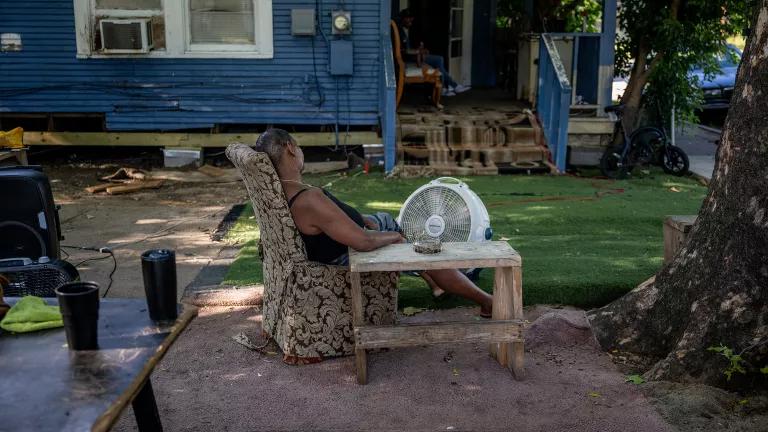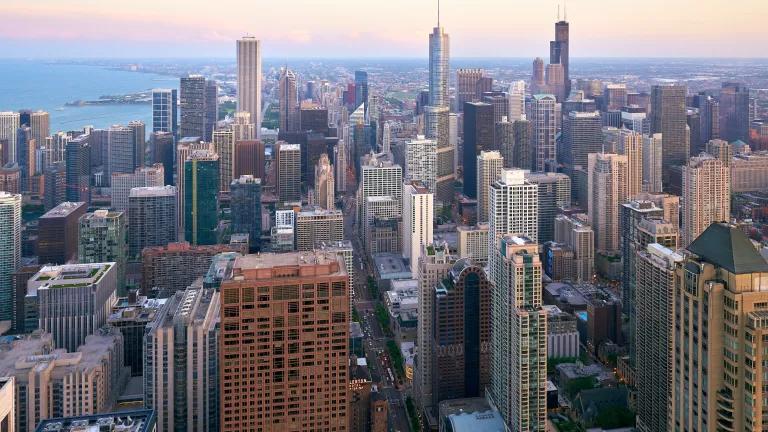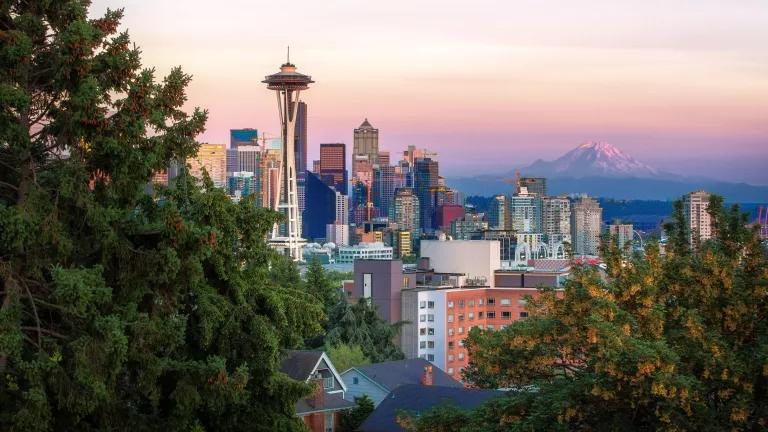For a recent debate on whether the world needs a nuclear renaissance, Stanford University chose three Nobel laureates and, well, me. I argued that an ongoing energy efficiency and renewable energy renaissance is already opening the best paths to affordable and reliable energy services without carbon pollution.
The debate, which was sponsored by Stanford’s Precourt Energy Efficiency Center, was moderated by former Wall Street Journal reporter Jeff Ball. He did all he could to ensure a fair and full exchange between the participants:
- Professors Steve Chu (former U.S. Secretary of Energy) and Burt Richter of Stanford, who made the case for the nuclear renaissance, and
- Professor Dan Kammen of UC Berkeley and me, who argued for a different course.
After viewing the proceedings, Andrew Revkind headed his New York Times dotearth blog with a dry observation: “Stanford audience unmoved by an informed debate.” This reflected the fact that fewer than 20 people in an audience of several hundred said that they had changed their minds at the end of the debate, and they were about evenly divided. Views on this topic are often strongly held, and I’ve known them to verge almost on theology.
There was, however, unanimity on the panel (and likely in the audience), that the debate was about means, not ends; the paramount goal is getting fossil fuels and carbon pollution out of the world’s energy economy while enhancing the affordability and reliability of the vital services that it provides. And there was no quarrel about the status of energy efficiency as our fastest, cheapest and cleanest energy solution. Nor could we forget thorny issues of nuclear waste disposal, safety regulation here and abroad, and weapons proliferation, all of which have figured prominently in NRDC advocacy since its founding.
The nuclear industry’s declining performance in the United States and globally came in for particular attention. I summed up the numbers this way:
- In the 15 years before I began working for NRDC in 1979, 104 U.S. nuclear reactors were built or approaching completion. The number ordered and finished since 1979 is zero. The number of costly US nuclear plant cancellations had passed 100 by 1982.
- Nuclear power’s global market share has dropped by more than a third over the past two decades (declining from 18 percent to 11 percent);
- Although one of my opponents noted that 62 reactors are under construction worldwide today, I responded with Mycle Schneider’s finding that the peak year (1979) involved four times that many.
China’s appetite for nuclear power was a point of emphasis for the renaissance enthusiasts; eight of 10 of the reactors that broke ground last year were Chinese. But I reminded the audience of all that can go wrong when countries try to build too many giant reactors at once. Former U.S nuclear regulator Peter Bradford recently reviewed the history of Tennessee Valley Authority’s early travails with multiple construction sites, which continue to reverberate decades later in the public agency’s 2016 decision to auction off lands that hosted $6 billion in ultimately wasted nuclear plant construction investment. The asking price for everything that remains is $36 million.
None of the debaters argued for precipitous mass shutdowns of reactors in America or elsewhere, but the record raises serious questions about the capacity of nuclear generation to prevail in a fierce competition for capital that characterizes the most robust and best-performing power markets, in the United States and abroad. My view remains that we should let the winners and losers emerge on the merits, without intervention by central governments to force the massive subsidies and regulatory accommodations that would be needed to deliver anything approaching a “nuclear renaissance.”
Burt Richter and Steve Chu are magnificently talented physicists whose careers are rightly celebrated. My debate partner, Dan Kammen, pointed out that if they turn out to be right that nuclear power can somehow reemerge as a safe and affordable low-carbon solution, eliminating fossil fuel use might be easier. But Kammen doesn’t think we need that option, based on his impressive mastery of all the potential alternatives, starting with energy efficiency, solar, wind power, geothermal energy and energy storage.
The verdict so far is clear: the principal winners in the world’s emerging clean energy transition are unconnected to any “nuclear renaissance.”



